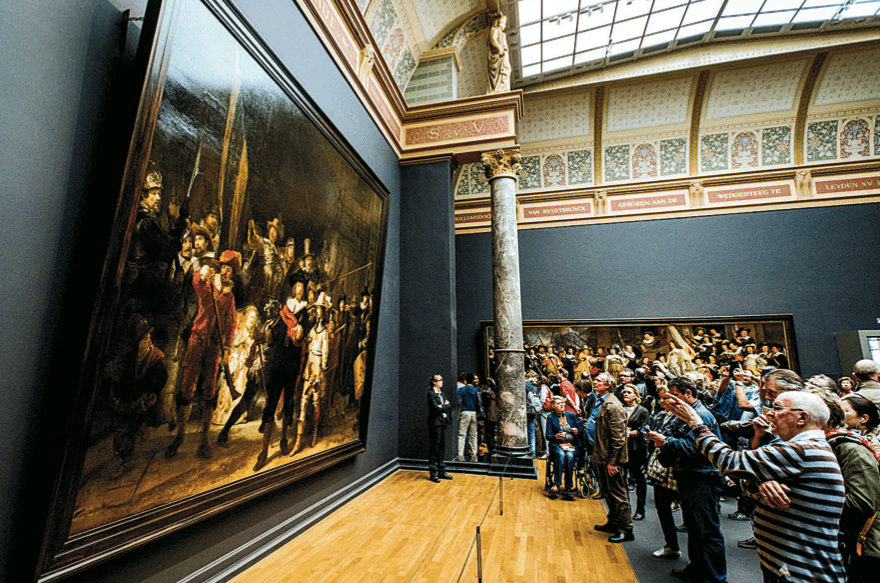It was 1402, and the ruins on the outskirts of Rome were to be avoided at all cost. Locals thought them cursed, or perhaps still diseased, and so the once-majestic columns and vaulted temples, and even the dome of the Pantheon, had no company, save for grazing cows—until Filippo Brunelleschi, a young architect, and his friend Donatello, a sculptor, arrived, and stood in awe.
The two of them ended up spending over a decade sketching and studying ancient Rome’s ruins, and what they discovered was paramount to Europe’s Renaissance. This period then gave us what is still considered some of the greatest art of Western civilization, and inspiration to last centuries more.






